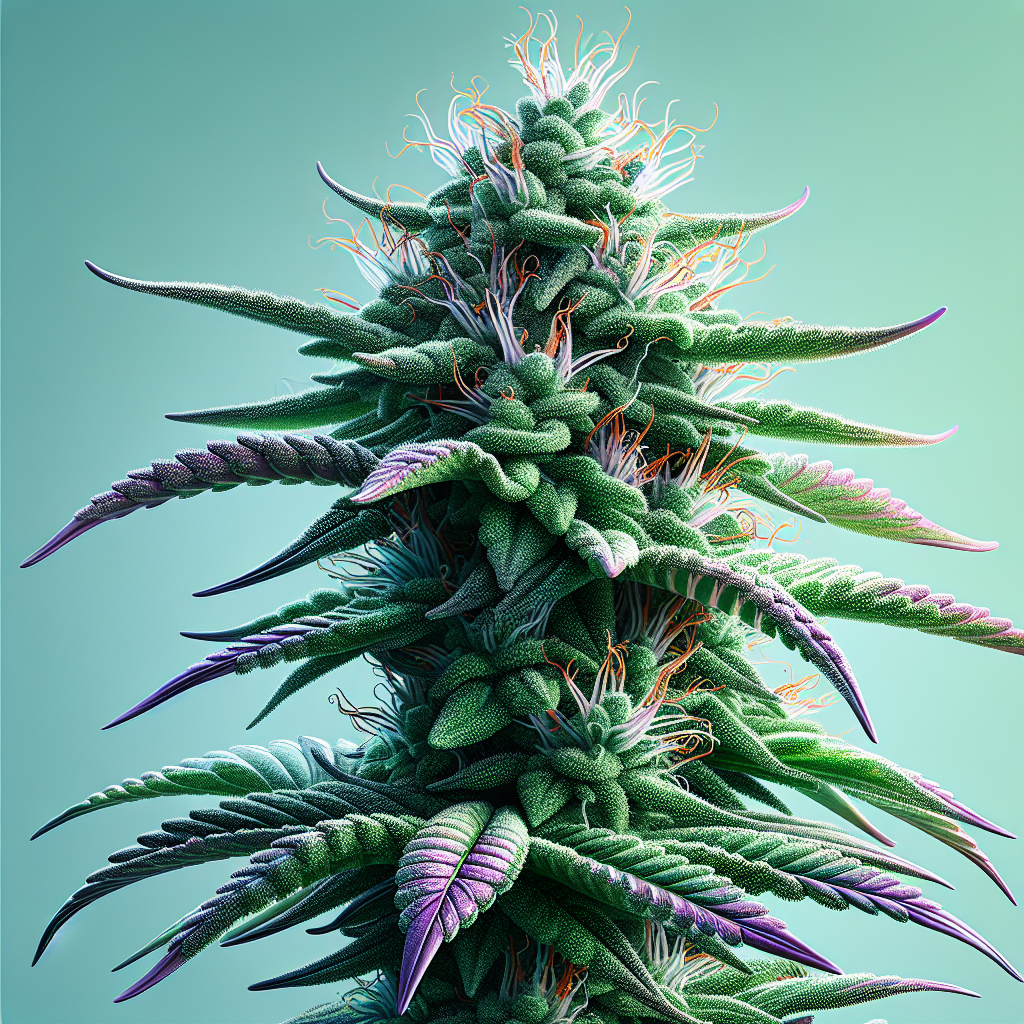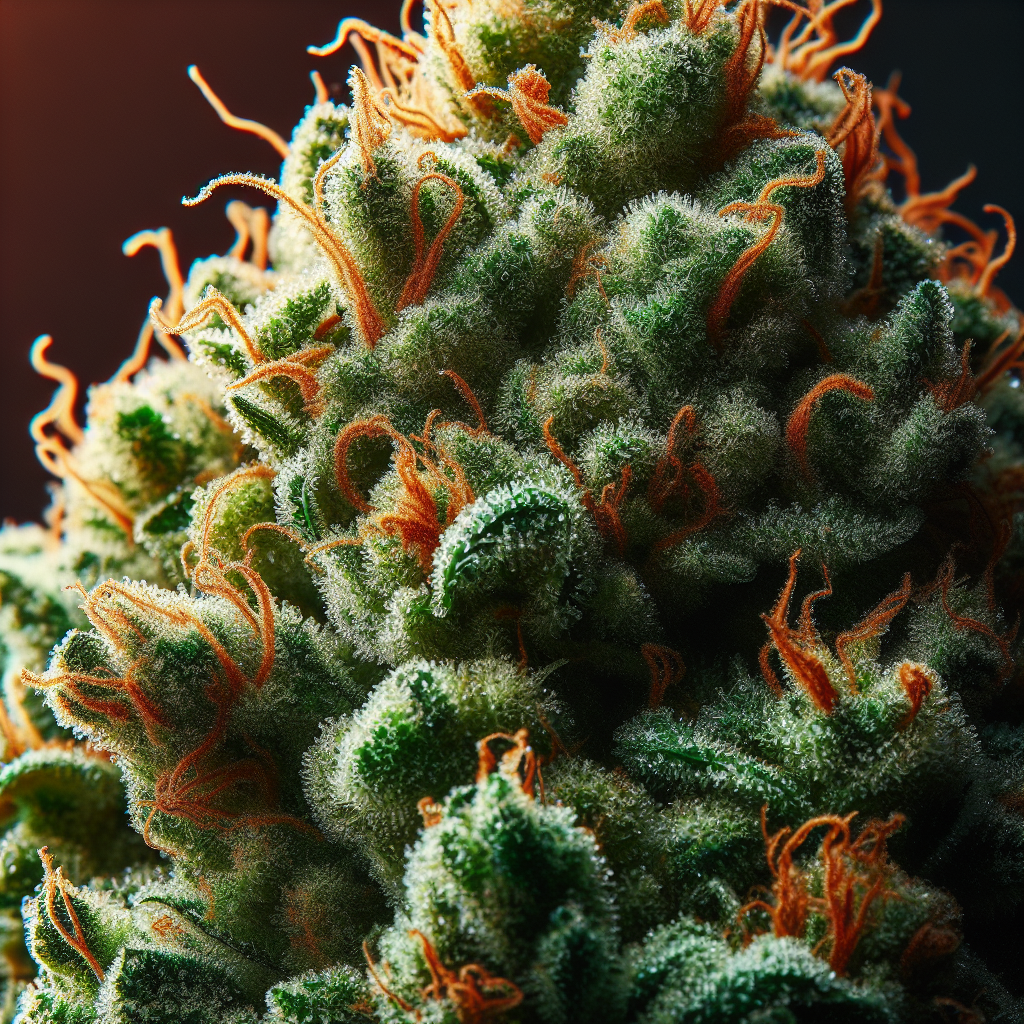
In the evolving world of medical cannabis, few strains have garnered as much attention and acclaim as Charlotte’s Web. Developed by the Stanley Brothers in Colorado, this strain is notorious for its unique cannabinoid profile and therapeutic potential. In this review, we will delve deep into the attributes, history, effects, cultivation, and overall significance of Charlotte’s Web, a strain that has changed countless lives.
The Origins of Charlotte’s Web
The story of Charlotte’s Web is as inspiring as its name. It originated in Colorado, where the Stanley Brothers sought to create a strain that would help alleviate the severe symptoms of Dravet Syndrome—a rare and debilitating form of epilepsy primarily affecting children. The strain was named after Charlotte Figi, a young girl who struggled with this condition.
Charlotte’s family began using cannabis oil derived from this strain after exhausting all conventional medical treatments with little success. The results were nothing short of miraculous, dramatically reducing Charlotte’s seizures from hundreds a week to only a few. This success story sparked widespread interest in the medical cannabis community and beyond, transforming Charlotte’s Web from a local phenomenon into a globally recognized name.
Cannabinoid Profile
One of the defining features of Charlotte’s Web is its cannabinoid composition. Unlike many strains known for their high levels of THC (tetrahydrocannabinol), Charlotte’s Web is exceptionally low in THC, typically containing around 0.3% to 0.5%. This makes it an ideal choice for patients seeking the therapeutic benefits of cannabis without the psychoactive effects commonly associated with high-THC strains.
CBD
The strain’s primary cannabinoid is CBD (cannabidiol), which can constitute up to 20% of its profile. CBD is lauded for its potential to provide relief from numerous conditions, including anxiety, inflammation, pain, and seizures, without the euphoric “high” produced by THC. This makes Charlotte’s Web especially appealing for those seeking medical benefits while avoiding the intoxicating effects of cannabis.
Other Cannabinoids
In addition to CBD and trace amounts of THC, Charlotte’s Web may also contain other cannabinoids such as CBG (cannabigerol) and CBC (cannabichromene) in smaller quantities. These cannabinoids also have therapeutic benefits, contributing to the overall effect of the strain through what’s known as the "entourage effect." This refers to the synergistic interaction between various cannabinoids and terpenes, enhancing the overall therapeutic experience.
Terpene Profile
Terpenes are aromatic compounds found in cannabis and many other plants that contribute to the smell, flavor, and effects of different strains. For Charlotte’s Web, the primary terpenes include:
-
Myrcene: Known for its earthy aroma, myrcene is believed to have relaxing effects and may enhance the psychoactive effects of THC, although in Charlotte’s Web, it’s primarily associated with its calming properties.
-
Pinene: Characterized by its pine fragrance, pinene is known for its potential anti-inflammatory effects and is thought to promote alertness and memory retention.
-
Caryophyllene: This terpene has a spicy, peppery scent and is unique as it interacts with the cannabinoid receptors in the body. Caryophyllene may provide anti-inflammatory effects and potential pain relief.
- Linalool: With a floral aroma, linalool has calming properties and may help reduce anxiety and stress.
Together, these terpenes create a unique aromatic profile and contribute to the strain’s calming, soothing effects.
The Growth and Cultivation of Charlotte’s Web
Charlotte’s Web is typically categorized as an indica-dominant hybrid, though its specific genetics often make it lean slightly towards the sativa side. It is a hardy strain that can be cultivated both indoors and outdoors, but particular attention is required to achieve optimal results.
Growing Conditions
-
Light: This strain thrives in environments that provide consistent light exposure, whether using high-quality grow lights indoors or ensuring plenty of sunlight outdoors.
-
Temperature and Humidity: Ideal growing conditions include temperatures between 70°F to 85°F (21°C to 29°C) and humidity levels around 40%-60%. Care should be taken to prevent mold, particularly in humid environments.
- Soil and Nutrients: Charlotte’s Web performs well in nutrient-rich, well-draining soil. Hydroponic systems can also be effective if carefully managed, allowing for faster growth and higher yields.
Flowering Time
Charlotte’s Web has a flowering time of approximately 8 to 10 weeks. Growers can expect a medium yield upon harvest, and with the right care, the buds produced are dense and covered with a rich layer of trichomes.
Pest Resistance
The strain is relatively resilient against pests and diseases, making it a popular choice for novice growers. However, regular monitoring is essential to prevent infestations, which could detract from crop quality and yield.
Therapeutic Benefits
Charlotte’s Web has become synonymous with the medicinal benefits of CBD, particularly for those seeking alternatives to pharmaceutical treatments. Many users report various health benefits, including:
-
Seizure Relief: As a pioneering strain in the medical cannabis movement, Charlotte’s Web has shown remarkable efficacy for epilepsy, particularly in children. The significant reduction in seizure frequency has led to its use being supported by health professionals.
-
Anxiety and Stress Reduction: The calming properties associated with this strain make it an excellent option for those dealing with anxiety, stress, or PTSD. Users often report improved mood and a sense of relaxation without the cognitive impairment linked to high-THC strains.
-
Pain Relief: Many patients have found Charlotte’s Web beneficial in managing chronic pain, including pain related to arthritis and fibromyalgia. The anti-inflammatory properties of CBD, combined with the presence of terpenes like caryophyllene and myrcene, contribute to its pain-relieving effects.
- Sleep Aid: For those suffering from insomnia or sleep disturbances, the calming effects of Charlotte’s Web may help users fall asleep more easily and improve sleep quality.
Potential Side Effects
While Charlotte’s Web is generally well-tolerated, it can still produce side effects, particularly in those who are sensitive to cannabinoids or new to cannabis. Commonly reported side effects include:
-
Fatigue: While it has relaxant qualities, some users may experience drowsiness, particularly if taken in larger doses.
-
Dry Mouth and Eyes: Like many cannabis strains, Charlotte’s Web may cause mild dry mouth and dry eyes, although these effects are typically less pronounced than in high-THC strains.
- Increased Anxiety: Though it is often used to alleviate anxiety, some individuals may experience heightened anxiety, particularly if they consume high doses without prior experience.
User Experience
Charlotte’s Web has gained a dedicated following among both recreational and medical users. Here’s a closer look at user experiences as reported in various forums and reviews:
Medical Users
Patients using Charlotte’s Web for epilepsy and other medical conditions often describe the strain as life-changing, crediting it with enabling them to reclaim a normal life after years of struggling with debilitating symptoms. Users report improved focus, reduced anxiety, and significantly fewer seizures—transformative experiences that have built immense trust in this strain.
Recreational Users
While not typically considered a recreational strain due to its low THC content, some users appreciate Charlotte’s Web for its calming effects without the high. Many recreational users enjoy it in the evenings as a wind-down option, helping them to manage everyday stressors without feeling overwhelmed or incapacitated.
Review Roundup
Pros and Cons
Pros:
- Non-Psychoactive: Patients can enjoy medicinal benefits without intoxication.
- Wide Range of Therapeutic Benefits: Effective for anxiety, pain relief, sleep issues, and particularly seizure disorders.
- Ease of Growth: Suitable for novice growers with a reasonable yield.
Cons:
- Lower THC Content: Not suitable for those seeking a strong psychoactive effect.
- Varied Effects: While many report positive experiences, individual effects can vary significantly.
Final Thoughts
Charlotte’s Web stands out as a remarkable strain in the realm of medical cannabis, providing life-changing benefits for many users, especially those suffering from serious medical conditions like epilepsy. Its unique cannabinoid profile, coupled with a blend of beneficial terpenes, offers therapeutic effects without the psychoactive drawbacks associated with high-THC strains.
Ultimately, Charlotte’s Web has established itself not just as a strain but as a symbol of the potential of cannabis to heal—a true powerhouse in the ever-growing landscape of cannabinoid research and applications.





